Mythology
-
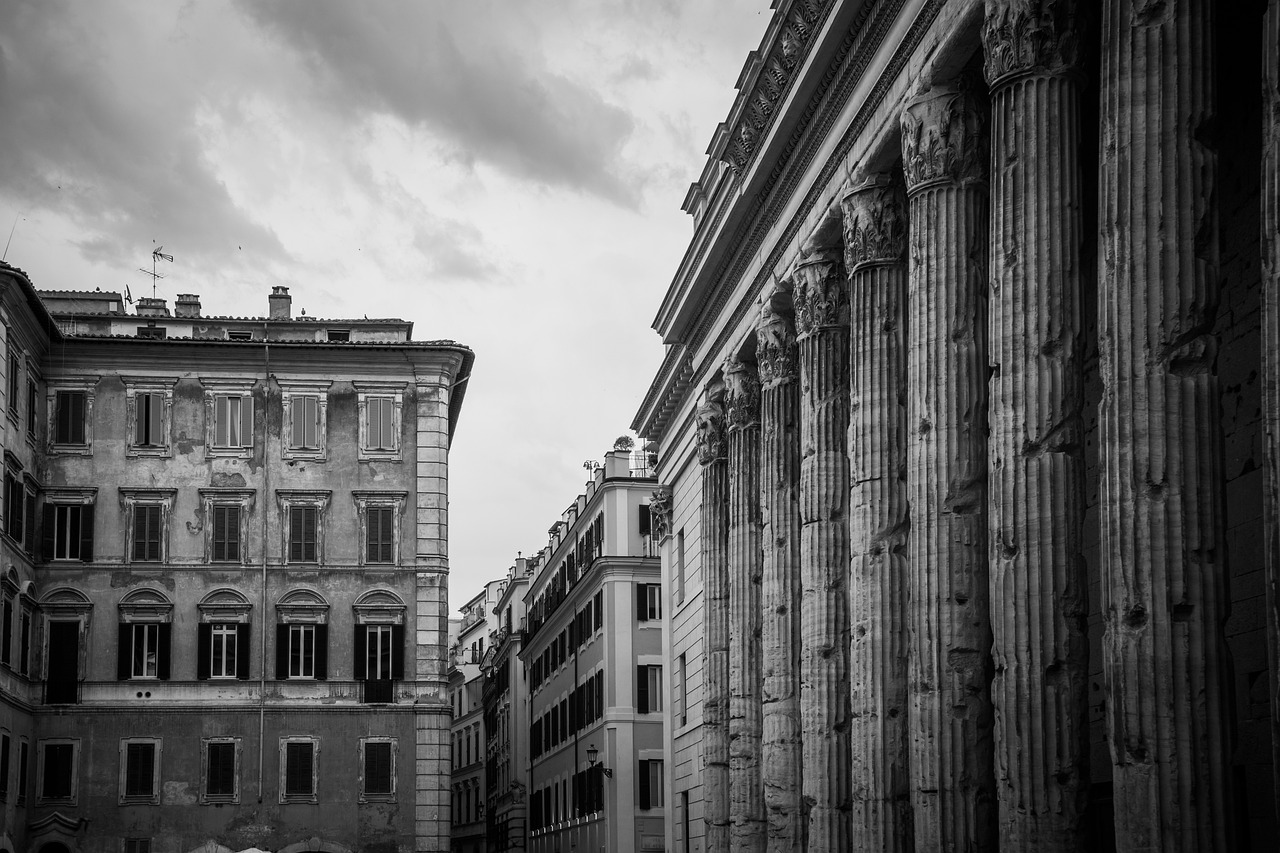
Roman Religion: Beliefs and Practices in Classical Antiquity Roman religion, also known as Roman mythology, embodies the beliefs and practices of those inhabiting the Italian peninsula from ancient times until the rise of Christianity in the 4th century. According to Cicero, a prominent orator and politician, the Romans distinguished themselves with a unique wisdom that…
-

Greek mythology predates Roman beliefs, yet the two share similar deities, including Hestia from Greek tradition and her Roman equivalent, Vesta. Both goddesses preside over the hearth, symbolizing the warmth and safety of the home. Born to Rhea and Kronos, Vesta, like Hestia, was swallowed by her father. In an interesting twist of fate, she…
-
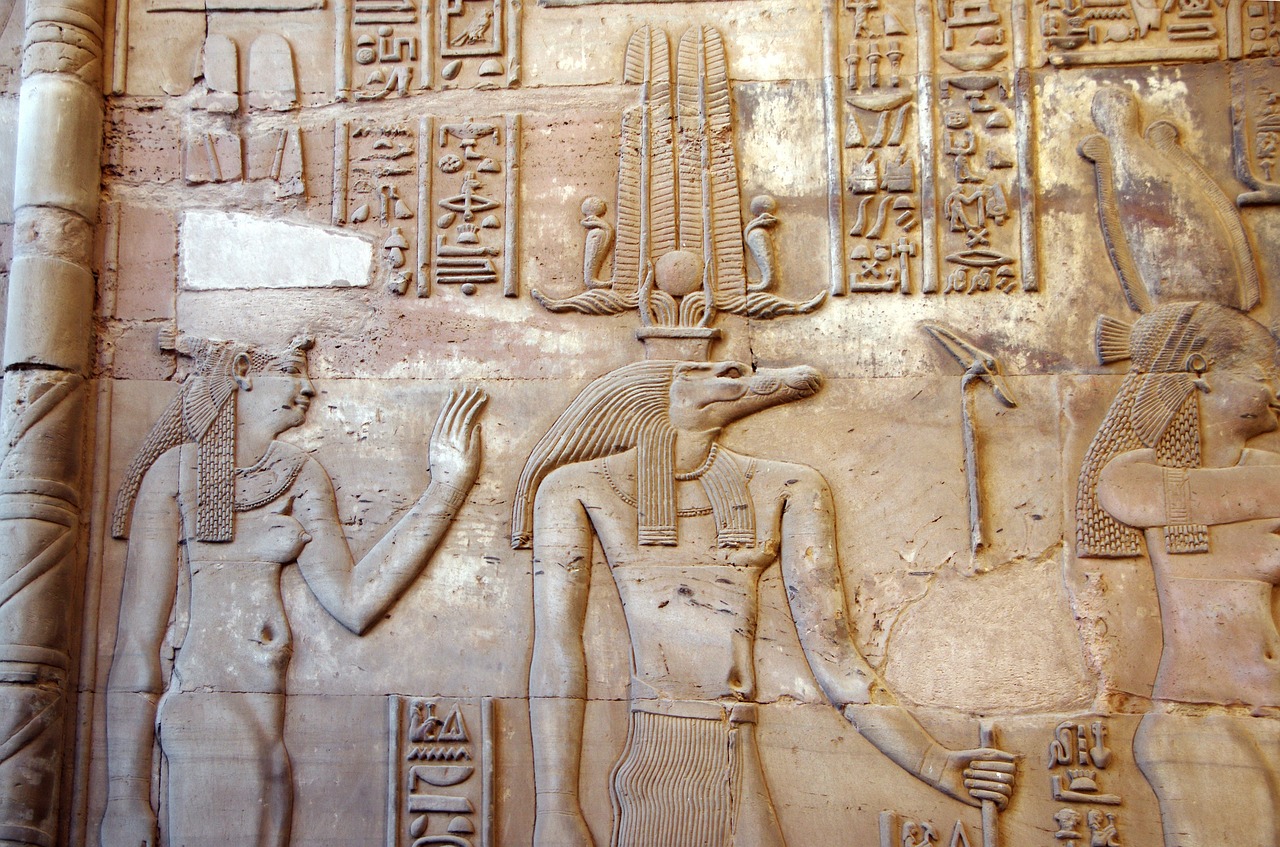
The Crocodile Deity Sobek The deity Sobek, often recognized for his distinct appearance, is a prominent figure within the Egyptian pantheon. Represented either as a man with a crocodile’s head or as a full crocodile, Sobek’s influence was closely tied to the Nile River. According to one legend, the river itself was formed from his…
-

Zeus, the foremost god in ancient Greek mythology, occupied a predominant role as a deity of the sky and weather. His identity closely parallels that of the Roman god Jupiter. The etymology of his name may derive from the ancient Hindu deity Dyaus, known from the sacred texts of the Rigveda. Revered as the orchestrator…
-

Aphrodite, the Olympian goddess of love and beauty, represents the essence of attraction and desire. Often depicted as a stunning woman in classical art, she is frequently accompanied by Eros, the winged deity of love. Key symbols associated with her include the dove, an apple, a scalloped shell, and a mirror, with many works of…
-

Hieroglyphic writing is a system that utilizes visual characters, often in the form of images. These symbols, termed hieroglyphs, can be interpreted as direct images, representations of objects, or phonetic sounds. The term “hieroglyphic,” derived from the Greek word meaning “sacred carving,” first appeared in the texts of Diodorus Siculus in the 1st century BCE.…
-
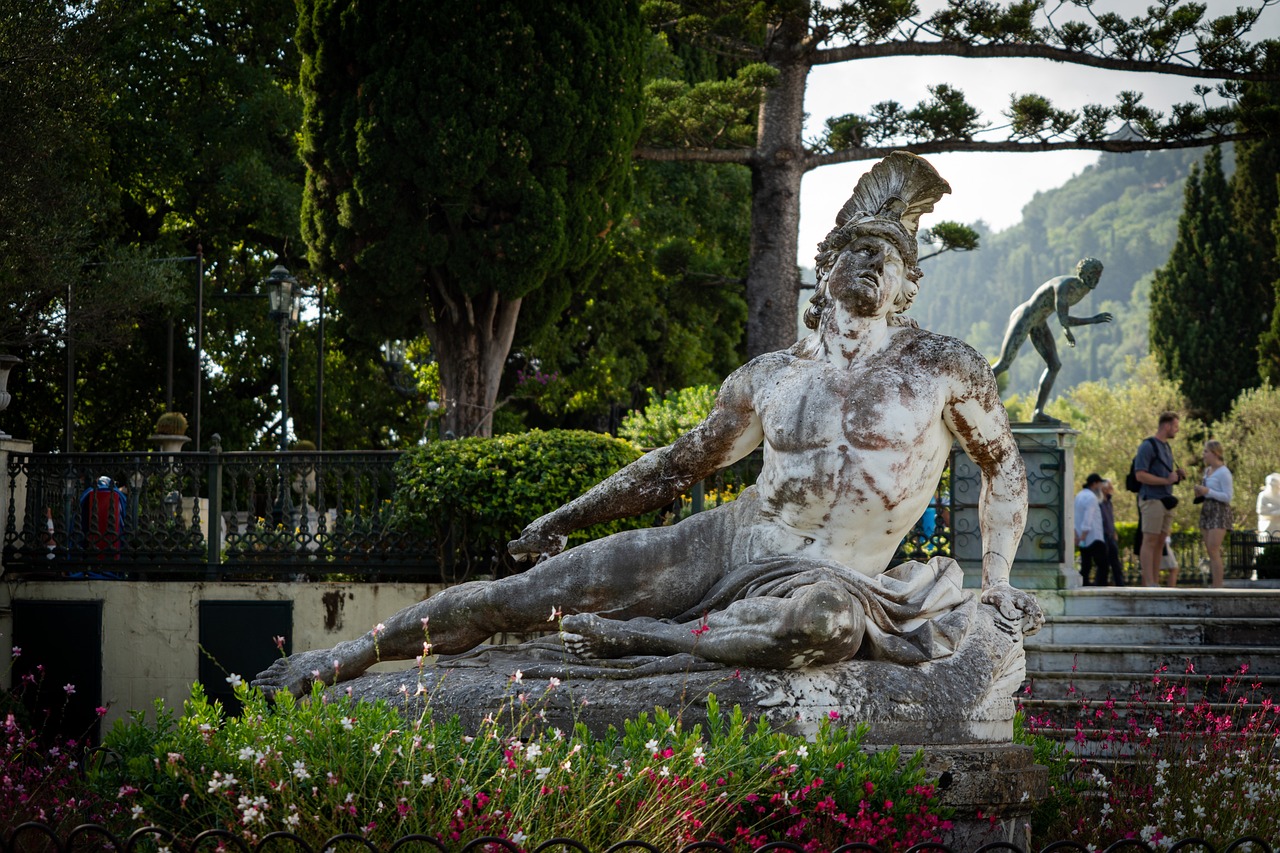
The Trojan War: The Clash of Achilles and Hector When Helen was taken to Troy by Paris, her husband Menelaus summoned the Greek leaders to help him reclaim her. This call to action ignited a war that many were hesitant to join, not wanting to sacrifice their lives or those of their soldiers for such…
-
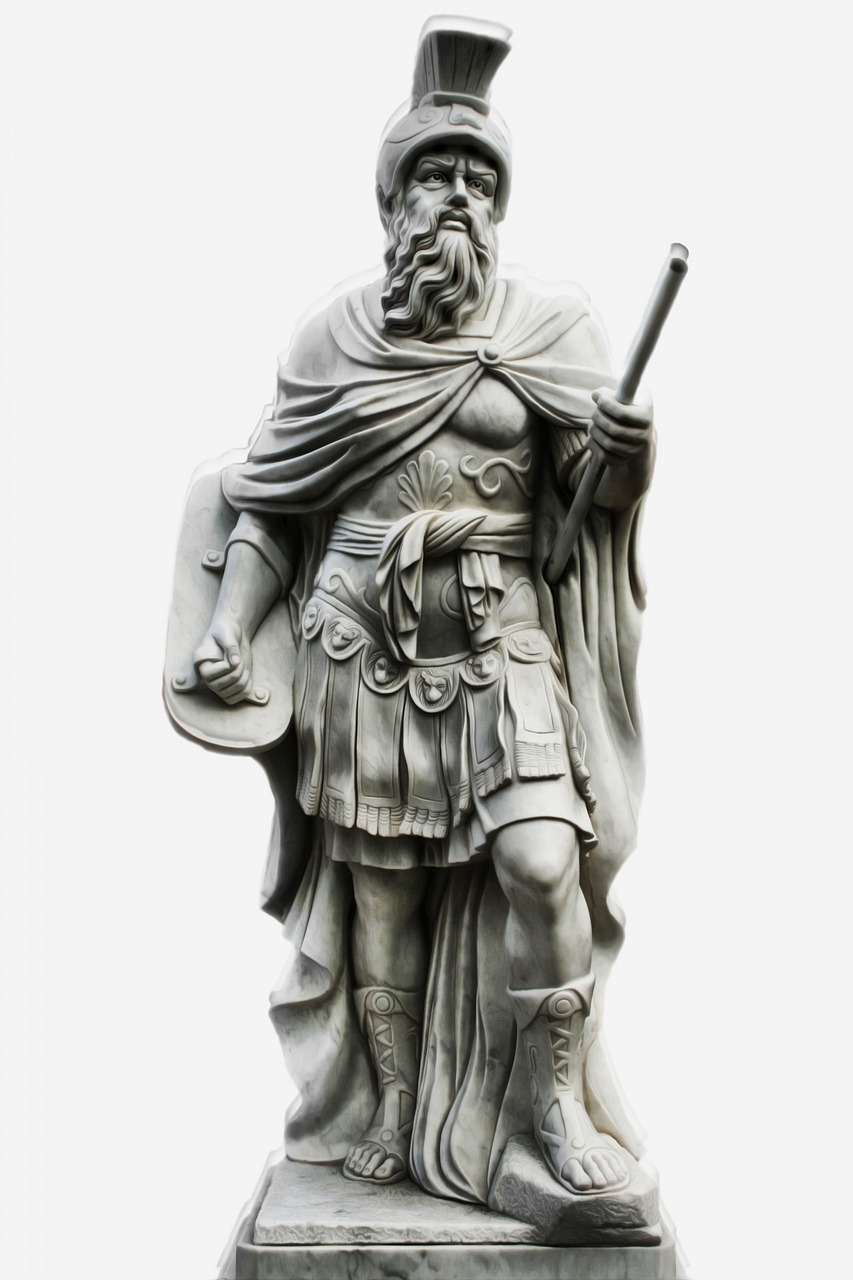
Roman Religion: Beliefs and Practices through Time Roman religion, spanning from ancient times to the rise of Christianity in the 4th century CE, encompasses the beliefs and rituals practiced by the inhabitants of the Italian peninsula during Classical antiquity. Renowned orator Cicero remarked on the Romans’ exceptional wisdom in recognizing that all things exist under…
-
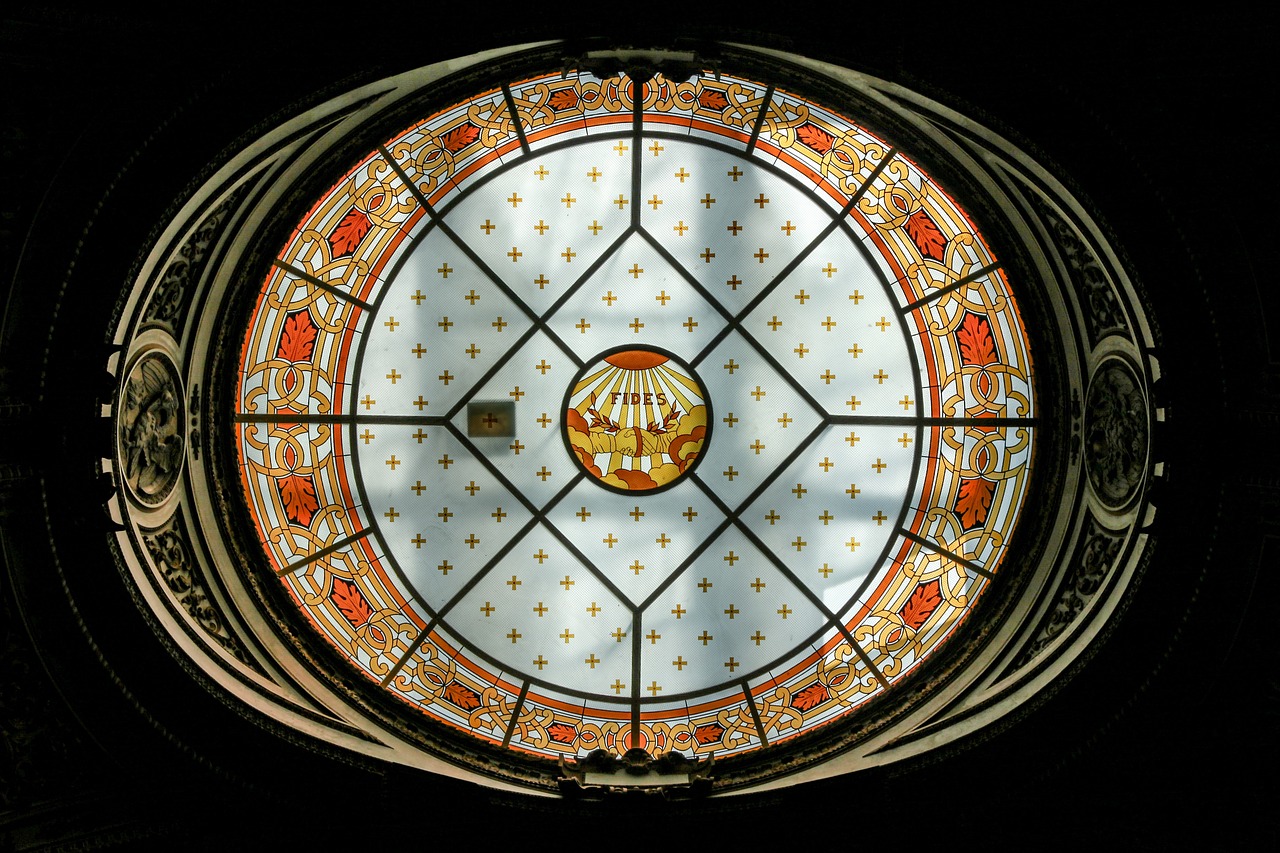
Understanding Fides: A Key Concept in Ancient Roman Culture Fides, deeply ingrained in ancient Roman society, signifies the ideals of trust, loyalty, and steadfastness. This principle was essential not only in personal relationships but also in the overarching fabric of societal interactions. It represents a commitment to honor relationships with family, friends, and the state,…
-

In the rich tapestry of Egyptian mythology and religion, Mut, sometimes referred to as Maut, is revered as a mother goddess with the distinctive head of a vulture. She is the wife of the prominent god Amon and the mother of Khons, forming a significant divine triad alongside Amon in Thebes. Depictions of Amon frequently…


